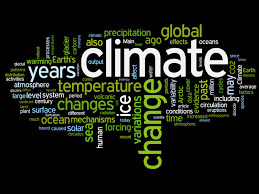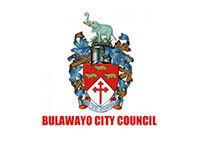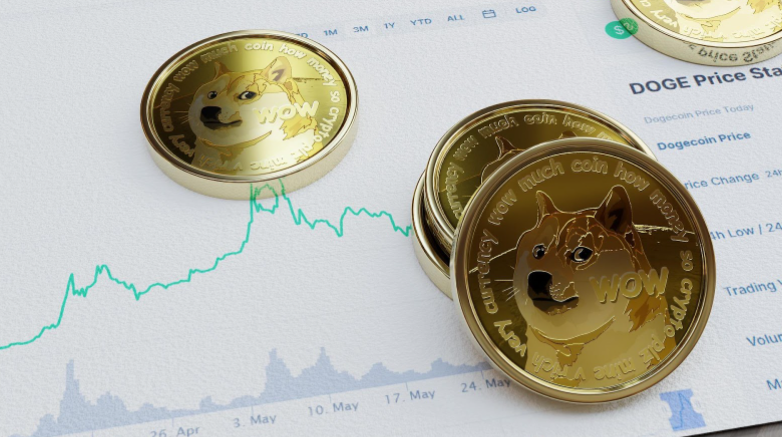
CLIMATE change is an existential problem ravaging the global landscape and promising to tear the world apart.
Climate change is the problem of yesterday, today and for the foreseeable future.
Within climate change as dominant discourse, there is an influential arm and component, in the name of climate science communication, which is not essentially communicative enough for the benefit of the public who face the brunt of climate change impacts.
Climate science communication is the fashioning of tools specifically suited to dispelling the scientific communication paradox.
Climate science communication constitutes internal and external science communication.
Internal science communication refers to communication practices within the scientific field, that is used among scientists when they are communicating with each other.
External science communication involves communication of scientific principles, methods and results to the outside world, which includes laypersons.
Climate change communication can also be classified as communication that empowers positive framing, local impact, tangible solutions and stories that change lives.
- Why we fall for disinformation
- Masunda lands global sugar industry position
- In Conversation with Trevor: Chisamba: Let’s be proud of ourselves
- Econet says it experienced ‘rush hour data outage’
Keep Reading
These include everyday actions that inspire the public through telling empowering stories, using various forms of imagery, techniques and advocacy.
Most of the climate change stakeholders always find climate science communication offensive and non-inclusive, yet as stakeholders, they are supposed to have essential knowledge of the discourse that they actively participate in.
This makes climate science communication a stumbling block and the public needs answers.
Despite the global noise about climate change in general, climate science communication becomes the missing link that the public, media and policy-makers do not want to talk about.
This is because climate science communication is brutal and intimidating to the layperson. Some laypersons describe the climate science scenario as a wicked problem.
In the interest of respecting disciplinary variations and discourse communities, without apportioning blame on the climate science community of practice, the climate science community is closely guarded, yet the information is intended for global audiences.
Although many stakeholders and practitioners can be loud and vocal about their assumed knowledge of climate change, they cannot be do the same on climate science communication.
Two pillars are contesting each other, that is, the scientists and the broader public. Therefore, the tall order is to bridge the gap between these two vital pillars because they need each other for global climate solutions to be realised.
Climate change audiences always find themselves lost in climate science communication by design, scope and content.
The missing link at the moment is for the climate science-literate community to directly interrogate the complexities and technicalities involved in climate science communication.
Climate science communication continues to pose significant challenges for climate change adjudication.
Tackling climate science language, religion, psychology, legalese, geography, art and politics in isolation would only speak into the language of the above, leaving climate science unscratched, unless sufficiently applied.
Having comprehensive knowledge of climate science is a process, not an event, straitjacketed or one-size-fits-all all scenario.
Before dealing with climate science issues, it is important to situate climate change at the centre of all the livelihood options and challenges as integrated and interconnected entities.
In this regard, climate change needs to be viewed as a challenge affecting the global landscape.
For this reason, the public cannot afford to view climate change in isolation.
Therefore, it is essential to interrogate climate change in relation to environmental issues, social, economic, water, soil, deforestation, land degradation, public health, mental health, food security, energy, infrastructural development, extreme weather events, among others, but not limited to the above.
This is where the interdisciplinary, cross-cutting or multi-sectoral accounts come into perspective.
For these reasons, climate change does not become a standalone entity, but a deeply entangled, wicked problem that is cross-cutting.
The idea to communicate climate science is not to reinvent the wheel but to strive for clarity.
Clarity is paramount in unpacking climate science communication, hence it is not a weakness.
Technical language use and complexities are significant for internal climate science communication, but not suitable for external climate science communication, where public understanding is key. It becomes a paradox to continue using the language that alienates the very audiences that it is meant to engage.
The greatest fear among scientists is the neutralisation, simplification and erosion of facts to appease rather than invent and innovate.
It is also important to note that, as scientists write, they should not view their audiences as homogeneous but largely as heterogeneous and context-specific. Most of these audiences that are lost in science communication are largely laypersons, illiterate or otherwise.
Therefore, laypersons are the multitudes that require climate knowledge and information to drive real global change and action.
Sidelining these critical communities’ technicalities and complexities becomes climate communication fraud.
While climate science communication is aimed at paying allegiance to scientific discourse communities, the product should not deviate from saving the world, informing and providing new knowledge frontiers.
For climate science communication to stay relevant, it should not be watered down, but must be explored using proven analytic skills from communication experts of repute.
This makes climate science communication audience-specific, while resonating with lived experiences, realities, everyday language and worldview.
Therefore, climate science should not be viewed as killing indigenous knowledge systems by ignoring the communities’ worldview and practices that have sustained them for generations.
In this regard, the best way forward is to decolonise climate science communication, make it user-friendly, people-centred, communicative and improve its clarity.
Climate science communication should not be exclusively classified as a science since it is people-driven and experiential.
That is why climate challenges are compounding because communities cannot act on things they are not clear about.
Their locked and gate-kept language can never reach the targeted audience.
The other problematic issue is that generally, a large cross-section of laypersons lacks climate literacy and what they peddle is climate noise.
Many stakeholders and climate foot soldiers cannot define climate change and it is quite nauseating.
Climate literacy will contribute to climate knowledge and information, leading to climate science communication competencies.
In this regard, the media is key for information, education and communication, unpacking climate science discourses to the public in clear and appealing ways. To catch them young, climate science should be integrated into the school curricula.
- Peter Makwanya is a climate science communicator, writing in his personal capacity and can be contacted on: petrovmoyt@gmail.com










